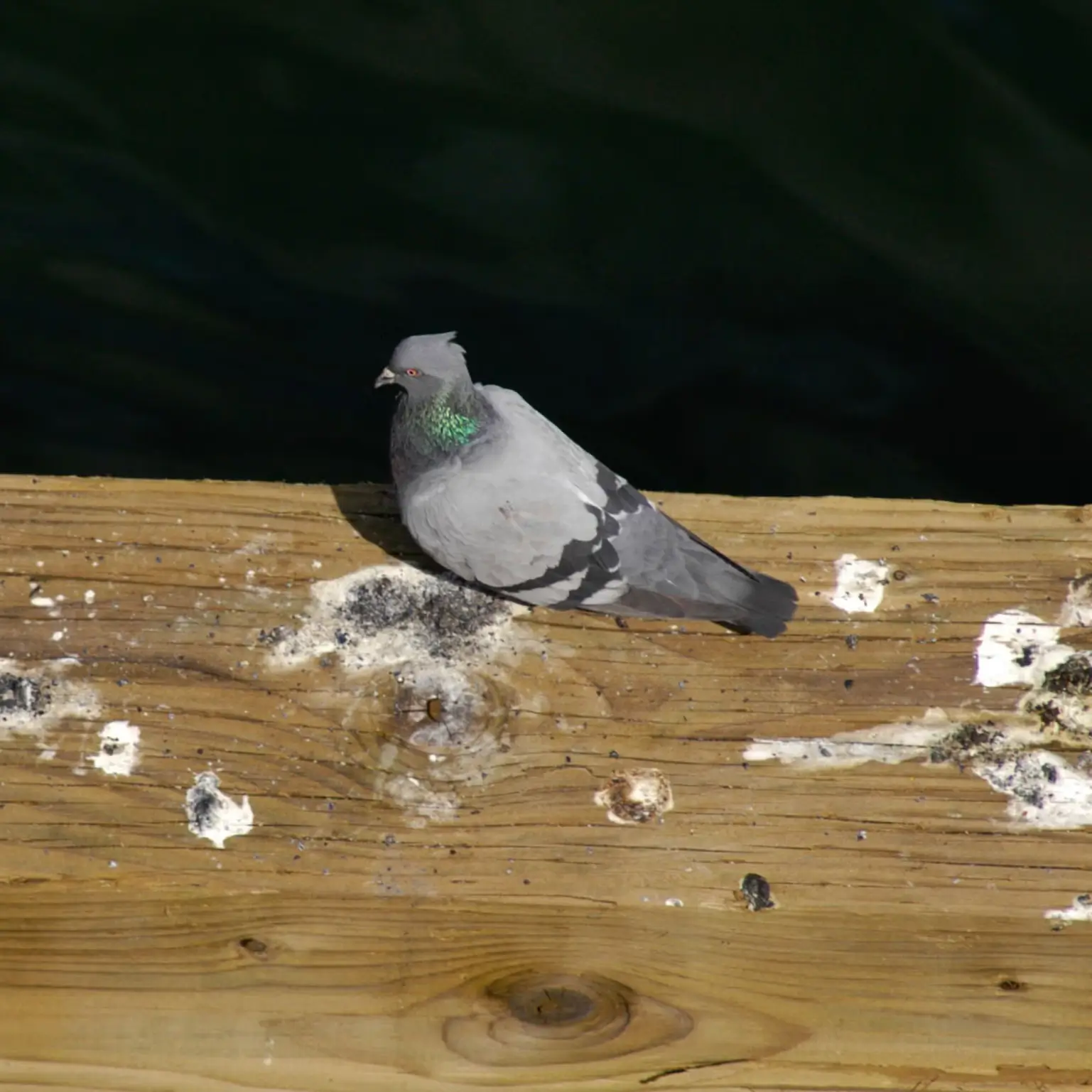Pigeon Feeding and Health Risks: A Growing Concern
The pigeon menace in cities across India has led to a steady rise in a variety of lung diseases, including Bird Breeder’s Lung. Lata Mishra interviews Dr. Sujeet Rajan, a consultant respiratory physician at Bombay Hospital Institute of Medical Sciences, to shed light on this growing health issue.Pigeons are a common sight in many urban areas, but their presence is not as benign as it seems. Feeding pigeons is not only a nuisance but also a significant health hazard. Recent studies have shown that pigeon droppings are contributing to the rise of serious respiratory diseases among Indians, including Bird Breeder’s Lung, a form of Hypersensitivity Pneumonitis (HP).
What is Bird Breeder’s Lung and Why Are Cases Rising?
Bird Breeder’s Lung, also known as Hypersensitivity Pneumonitis (HP), is a form of interstitial lung disease caused by prolonged exposure to bird droppings. The Indian Lung Health Institute (ILHI) states that 50% of ILD cases reported in India can be attributed to HP, manifesting as a type of pneumonia.Bird Breeder’s Lung is a type of Hypersensitivity Pneumonitis caused by long-term exposure to bird droppings, feathers, and dust. It is an immune system disorder that leads to inflammation and scarring of the lung tissue. Symptoms include persistent coughing, difficulty in breathing, and in severe cases, it can lead to irreversible lung damage.

The Rising Cases in India
The Indian Lung Health Institute (ILHI) reports that up to 50% of interstitial lung disease (ILD) cases in India are attributed to Bird Breeder’s Lung. The situation is worsening in cities like Mumbai, where pigeon populations are high, and people are increasingly exposed to pigeon droppings in residential areas, construction sites, and workplaces.
How Do Pigeon Droppings Cause Health Issues?
Pigeon droppings contain spores that become airborne when disturbed. Inhalation of these spores triggers an immune response, causing inflammation and fibrosis of the lungs. This leads to conditions like Bird Breeder’s Lung and other types of ILD, which can severely affect one’s quality of life if not diagnosed and treated promptly.
Why is HP Increasing in Urban Areas?
Cities like Ahmedabad are seeing a rise in HP cases due to
- Pigeon droppings in densely populated areas.
- Close proximity to construction sites.
- People feeding pigeons, which increases pigeon population and droppings.
How Do Pigeon Droppings Lead to HP?
HP is an immune system disorder triggered by inhaled allergens. Pigeon droppings contain spores that can lead to chronic inflammation in the lungs, known as Interstitial Lung Disease (ILD).
- Stop feeding pigeons to reduce exposure.
- Family history of HP? Avoid spending time near pigeons. .
- Install bird nets or spikes on windows and balconies.
- Avoid visiting areas with high bird populations, especially those with parakeets or parrots.
How Feather Guarde Can Help
At Feather Guard, we understand the importance of creating a healthy and pigeon-free environment. Our humane and effective bird deterrent solutions can help protect your home and health from the risks associated with pigeon droppings.
- Bird Shock Track Humane Bird Deterrent System: Uses a mild electric pulse to train birds to stay away from ledges, roofs, and other surfaces without causing them harm.
- Bird Netting and Spikes: Prevent pigeons from entering specific areas, reducing the risk of exposure to harmful droppings.
Contact Us
Protect your family and property from the health hazards posed by pigeons. Contact Feather Guard today to learn more about our bird deterrent solutions.
- Email: care@featherguard.co.in
- Phone: +91 - 844 8444 801

